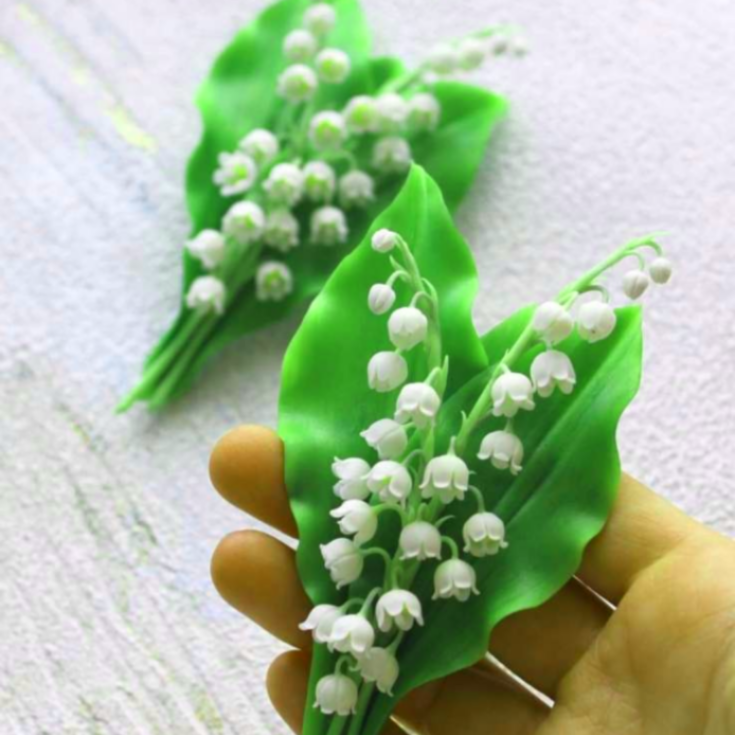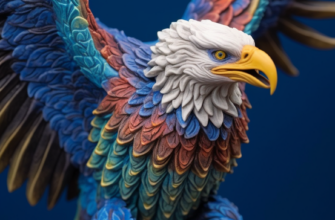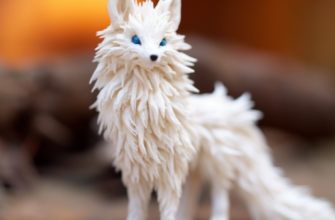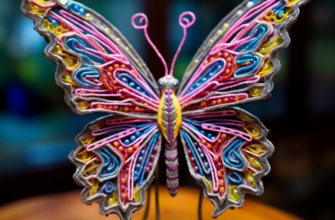Polymer clay is a versatile medium that allows artists to create stunning and intricate designs with a range of vibrant colors. One of the most exciting aspects of working with polymer clay is the ability to blend and mix colors to achieve unique hues and shades. Whether you’re a seasoned polymer clay artist or just starting out, color mixing and blending is a crucial skill to master to bring your creative vision to life.
The basics of polymer clay color mixing and blending
The first step in mixing and blending colors is to choose your polymer clay. There are several brands available, each with its own color palette. It’s important to note that not all brands are created equal, and some may have a more limited color range than others. It’s also a good idea to experiment with different brands to see which one you prefer to work with.
Once you’ve chosen your polymer clay, you’ll need to condition it before you can start blending colors. This involves working the clay in your hands to soften and warm it, making it easier to manipulate.
Blending colors in polymer clay is straightforward and requires only a few basic tools. To blend two or more colors together, simply take equal portions of each color and knead them together until they are fully combined and you achieve the desired shade. If you’re looking to achieve a gradient or ombre effect, you can mix different proportions of each color to create a smooth transition between shades.
Tips for blending colors in polymer clay
Start with a small amount of each color: It’s always best to start with a small amount of each color and gradually add more as needed. This way, you can control the intensity of each color and avoid over-mixing, which can result in a muddy or dull hue.
Use a color wheel: A color wheel is a great tool to help you determine which colors will mix well together. By following the basic color theory principles, you can choose colors that are complementary or analogous to each other, resulting in harmonious and visually appealing blends.
Experiment with blending techniques: There are several techniques you can use to blend colors in polymer clay, including twisting, marbling, and layering. Experiment with different techniques to find the one that works best for you and your project.
Take notes: Keeping a record of the colors and ratios you use for each project can help you achieve consistent results in the future. You can even create a visual reference by taking photos of your blends or creating swatches.
Conclusion
Blending and mixing colors in polymer clay is a fun and creative process that can add depth and dimension to your projects. Whether you’re working on a simple or complex design, mastering color blending is an essential skill for polymer clay artists. So grab your clay and start experimenting today!








